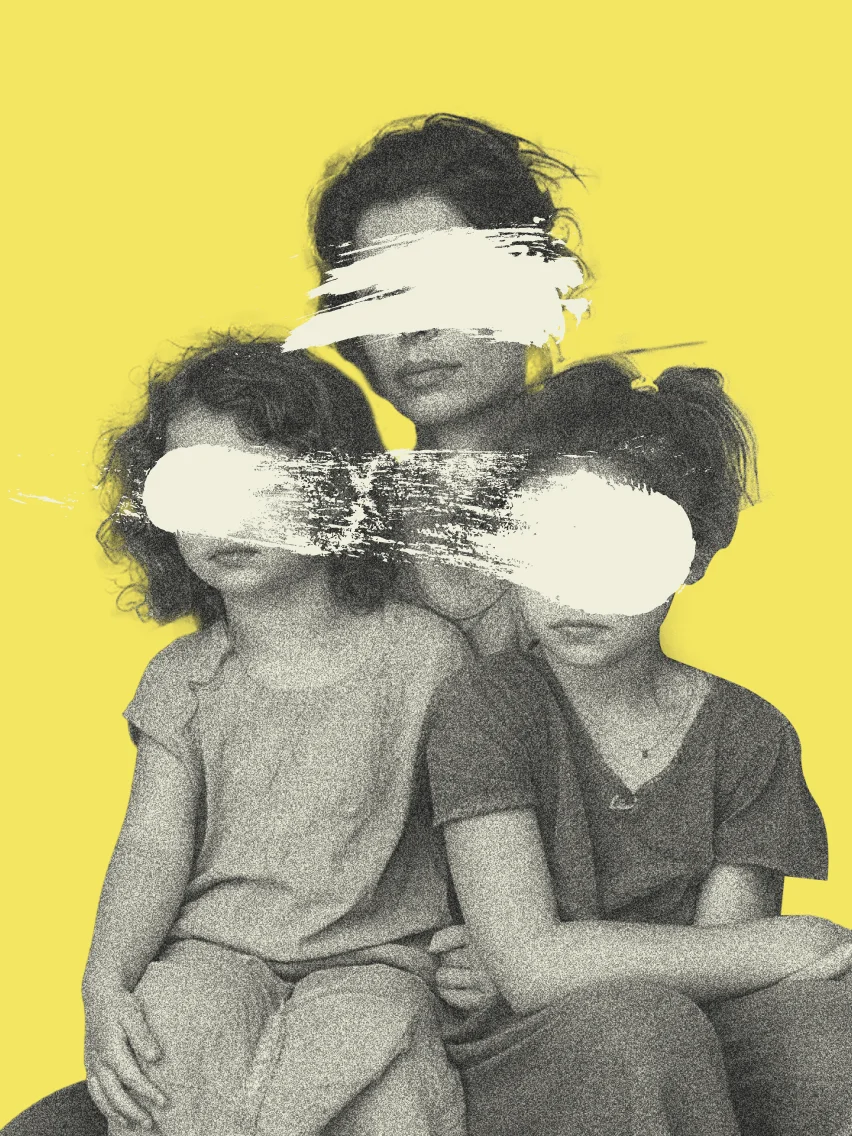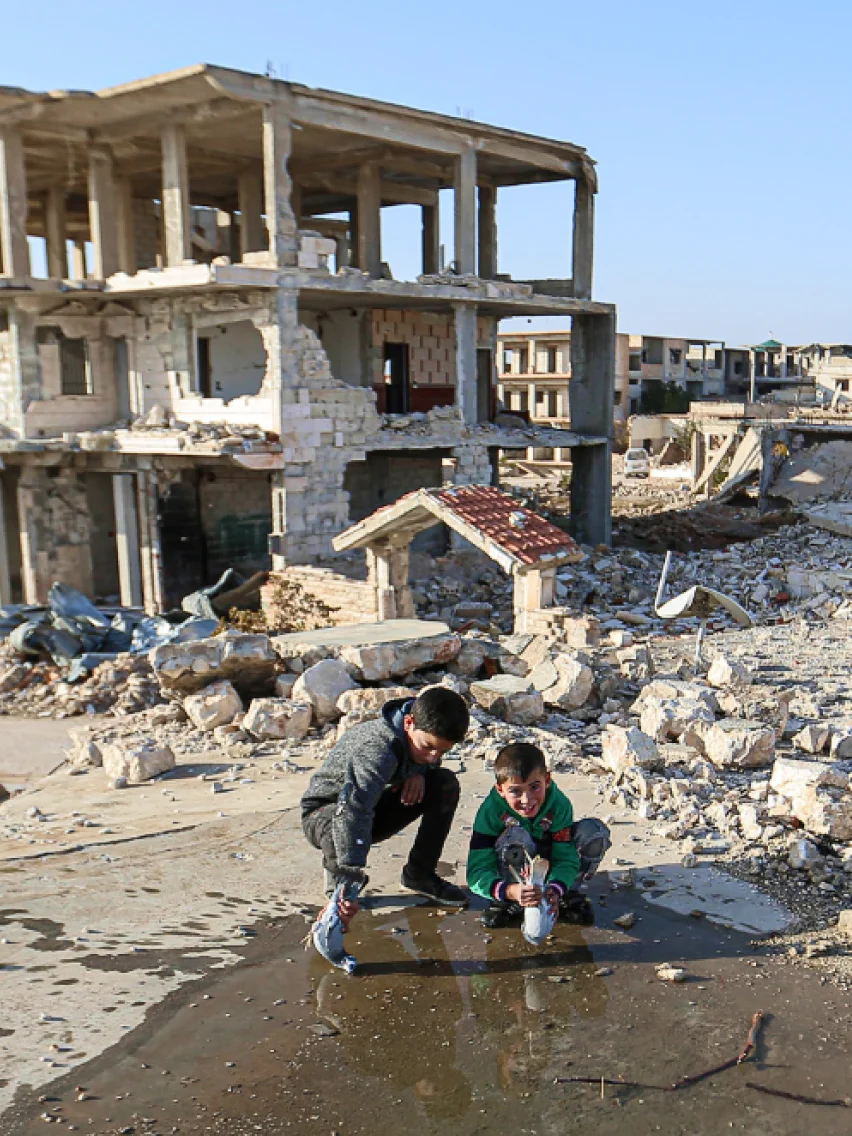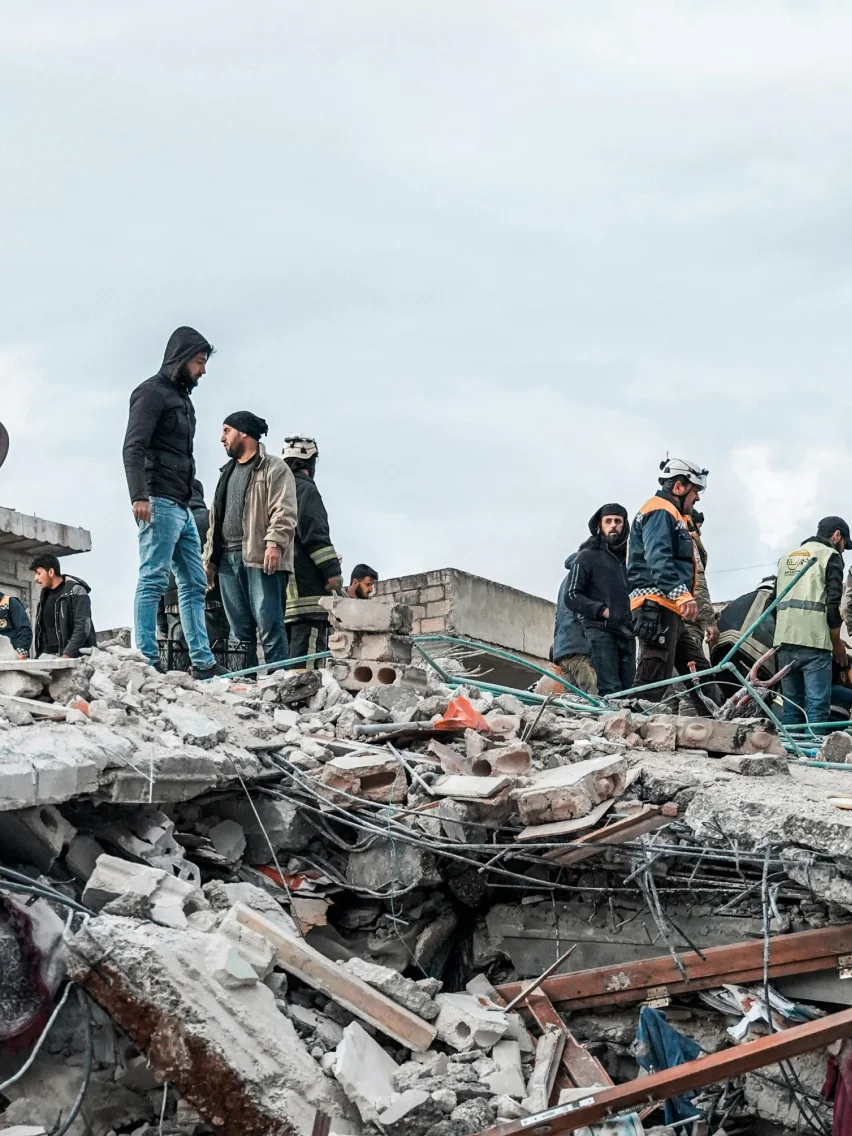Earlier this week, we sat down to chat with Andy, one of our Communications Project Officers. From digital campaigns to social media infographics, short-form video to grant pitches, the role of a Comms Project Officer is diverse, and works across a variety of projects.
Tell us a little about your journey – how did you end up working at STOP THE TRAFFIK?
Having previously worked in graphic design, marketing and comms for digital news outlets and arts venues, I managed to gain some experience with content production and communicating with audiences, readers and service users. I moved to London during the first lockdown and was working for a venue remotely, but as the prospect of live shows diminished, I looked for a new role within London that would allow me to apply my skills to a new challenge. Helping others is one of my main motivators, so I knew that working for an organisation like STOP THE TRAFFIK would fulfil my desire to make a positive impact with my work. But at that point, I knew very little about the dynamics of human trafficking and modern slavery. It has been a steep learning curve, but after 4 months within the role, learning every day, I feel I have found my feet.
Why is being able to communicate a message effectively to an audience so essential to our campaign work?
Our campaign work could make the difference in saving someone from potential exploitation. Our campaigns use real-time intelligence and a data-led approach to target at risk communities with preventative messaging, and these campaigns predominately rely on social media as the platform of delivery. This means that we don’t have long to grab a user’s attention and to deliver our message. We need to be authoritative and attention-grabbing, without scaring or sensationalising. We need to convey the complex realities of human trafficking and modern slavery with nuance and on platforms that often favour simplified and sensationalised stories rendered in one dimension. This is a big challenge but one we’re committed to working on.
Across our social channels and within our digital campaigns, we pride ourselves on our tailored approach. Can you tell us about your creative process?
Our campaign work needs to feel personal, like it is speaking to the individual whilst speaking to all. This means that we need to strike a balance between specificity and universality with what we say and how we say it. Each campaign will have a different audience, with unique perspectives and ways of understanding what human trafficking and modern slavery is and how it might affect them. My creative process starts with trying to be as specific as possible about what the intended outcome is, and about where we want to be. Then it’s about working backwards to where we are now, and figuring out the steps along the way.
We recently ran a child exploitation prevention campaign. The creative process here started by speaking with a wide variety of experts – caregivers, safeguarding leads, local authorities and those with experience of exploitation. We figured out how we wanted to talk about the issue and what we wanted to say based on what we knew about child exploitation. We thought about where and how the campaign would be viewed and what our ideal outcome would be for a potential viewer. We then put a storyboard together and discussed it with child safeguarding experts. After tweaking the storyboard and finalising the script, we created the campaign video. The key to a tailored approach with creative output is a thorough research and development phase.
At STOP THE TRAFFIK, we often talk about our campaigns being informed not just by our intelligence, but also by trusted on-the-ground partners and those from within our target community. Can you explain a little bit about why this is such an important part of our campaign model?
Trusted on the ground partners are key to effective campaigns. Our intelligence tells us a compelling and rich story, but it will always contain an element of conjecture. That’s why we will always look to bring on-the-ground partners who are embedded within our target communities to help give us the kinds of valuable insights that ensure our work is as effective as possible. We don’t want to talk at communities, instead we want to work with communities. Any approach that seeks to meaningfully reduce the risk and impact of human trafficking and modern slavery needs to be both bottom up and top down. Working with communities to shape messaging is a way that we can ensure this bottom up approach is being forwarded.
Why do you think prevention is so important?
If we are to stop trafficking, we need to work to prevent it from happening in the first place. We know that lots of those who become exploiters do so to escape a situation where they themselves are being exploited. This recursive feedback loop of exploitation is like a vicious spiral and can only really be remedied at large by apprehending it at its source. Whilst rescue and rehabilitation are undoubtedly crucial elements of anti-trafficking, providing victims with often lifesaving support, I see preventing trafficking from occurring as a way of attacking the causes of suffering rather than their symptoms. A first step is to make the recruitment of victims more difficult by raising awareness of risks. But this is only a first step; I think that we also need to look at what makes people vulnerable to falling into the clutches of traffickers and push back against the drivers of such vulnerabilities. We know that it is not just a lack of awareness that makes people vulnerable. Often people are aware of the risks but have no choice. When we are without things like secure housing, food security, enough heat, enough water, enough clothing, and enough access to networks of support, then we are vulnerable to exploitation. It is natural for us to seek the means to a fulfilling life, and when acting to protect and provide for ourselves and those we love, we are sometimes forced into situations where we are at risk. Tackling the persistent and systemic drivers of vulnerability is crucial if we want to end the exploitation of these vulnerabilities.

 20.03.24
20.03.24
 14.03.24
14.03.24
 01.03.24
01.03.24
 09.02.24
09.02.24
